Precision CNC Milling for Medical Devices: A Case Study in High-Tolerance Manufacturing

In the world of medical devices, every detail matters—down to the smallest, most complex component. One minute discrepancy in dimensions or finish can mean the difference between a surgical tool that performs flawlessly and one that fails when it matters most. For our latest project, we were tasked with producing a custom-milled component for a new minimally invasive surgical tool, where the stakes couldn’t be higher.
With stringent requirements of ±0.01mm tolerance and a surface finish of 0.8 μm Ra, our team of CNC experts set out to achieve nothing short of perfection in every aspect. Here’s how we met the challenge head-on to deliver a component that seamlessly combines durability, functionality, and absolute precision for life-saving applications.
Project Background
- Client Industry:
The client operates in the medical device sector, focusing on the development of highly specialized tools for minimally invasive surgical procedures. In this field, every component must meet strict regulatory and quality standards due to its role in critical and high-risk medical applications. Components are often miniaturized, yet require high durability and precision to function within constrained environments like the human body, where there is no room for error.
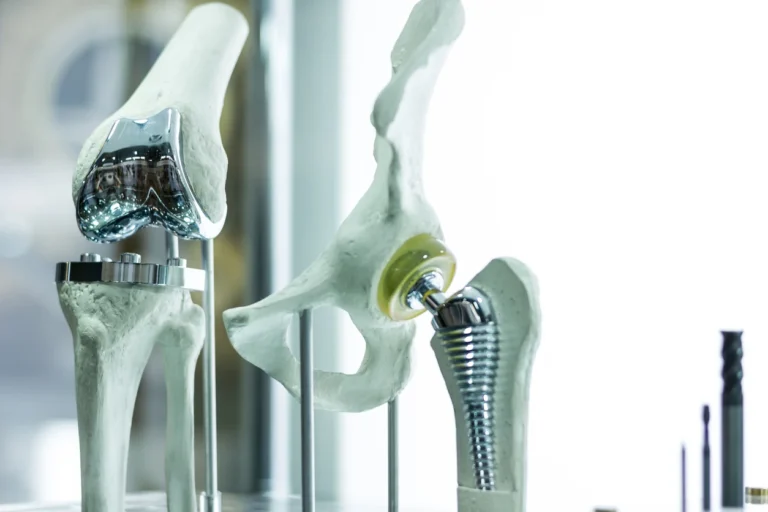
- Project Scope:
The client required a custom-machined component integral to a new minimally invasive surgical tool. This component was intended to interface with other precision parts within the tool, so achieving highly accurate dimensions and surface quality was critical. The part would undergo regular exposure to bodily fluids and sterilization processes, necessitating materials and finishes that could withstand corrosion and degradation while maintaining functionality. - Design Complexity and Tolerances:
Due to the intricate nature of the component, it featured several complex 3D geometries, narrow internal cavities, and precise edges. The design called for tight tolerances of ±0.01mm and a smooth surface finish of 0.8 μm Ra. Such specifications were essential not only for proper functionality but also to ensure smooth interactions between moving parts, reduced friction, and minimized wear in the surgical environment. - Material Requirements:
To meet both structural and regulatory needs, the client specified the use of medical-grade 316L stainless steel, known for its corrosion resistance and biocompatibility. However, this choice presented additional machining challenges due to the material’s hardness and tendency to cause rapid tool wear, requiring an advanced machining strategy to avoid compromising part quality or escalating costs. - Operational Standards:
Given the component’s intended use, the project had to comply with strict medical industry standards, including ISO 13485 for medical devices and ISO 4287 for surface roughness measurement. Adhering to these standards ensured that the part would meet regulatory requirements for use in the medical field. Additionally, the client expected our process to include extensive documentation and traceability to align with quality management protocols, including first-article inspection and ongoing batch quality control.

Project Challenges
- Tight Tolerances
Achieving a tolerance of ±0.01mm is no small feat in CNC machining, especially when working with components for critical medical applications. Such precision demands careful control of each machining parameter, from feed rates to spindle speeds, with a particular focus on minimizing any form of external interference. Even the smallest vibrations, tool displacement, or thermal fluctuations in the workshop environment could compromise the component’s accuracy. To counteract this, we relied on state-of-the-art equipment calibrated to the highest standards and conducted real-time monitoring throughout each milling stage. We implemented a strict quality control protocol, including frequent dimensional checks to ensure we maintained the target tolerance across all batches.
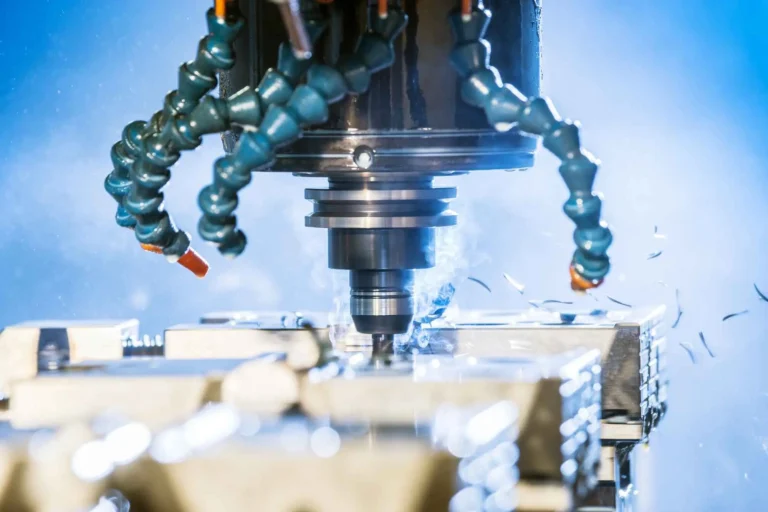
- Complex Geometry
The component’s design posed another unique challenge due to its intricate structure, which included multiple intersecting surfaces, narrow internal cavities, and complex angles. Such geometries are difficult to achieve with standard 3-axis machining, which would require numerous reorientations and setups. Each setup introduces a risk of misalignment, potentially affecting dimensional accuracy and adding to production time. To address this, we employed a 5-axis CNC machine capable of continuous, multi-angle adjustments, enabling us to machine the component’s complex shapes in a single setup. This approach not only reduced the possibility of error but also improved the overall efficiency and consistency of the machining process. - Material Properties
The choice of 316L stainless steel for this part was ideal for its corrosion resistance and biocompatibility, meeting medical-grade material standards. However, the material’s toughness makes it challenging to machine, as it quickly causes cutting tools to wear down, potentially impacting both quality and cost. To manage this, we implemented a rigorous tool maintenance schedule and selected high-performance carbide tools specifically designed for machining stainless steel. Additionally, we optimized the cooling and lubrication system to maintain tool temperature, reduce wear, and prevent work hardening of the material. By carefully controlling feed rates and using high-precision tooling, we were able to achieve the desired surface quality and dimensional accuracy without compromising efficiency.
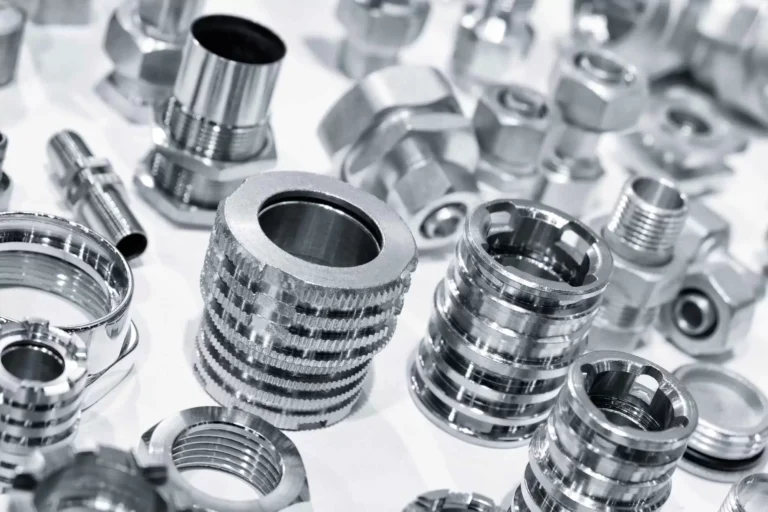
Our Solution
To meet the strict demands of this project, our team implemented a custom CNC milling solution, engineered specifically for high-precision work on complex, tough-to-machine components. This approach addressed each challenge head-on, ensuring both accuracy and efficiency through meticulous planning and optimized tooling.
1. Process Planning
- Machine Selection
We selected a 5-axis CNC milling machine, which allowed us to handle complex geometries—including intricate surfaces and deep cavities—in a single setup. This minimized error from multiple reorientations and avoided accumulated tolerance discrepancies often seen with standard 3-axis setups. By reducing repositioning, we preserved the component’s dimensional integrity and achieved high repeatability, especially critical for multi-part production runs.
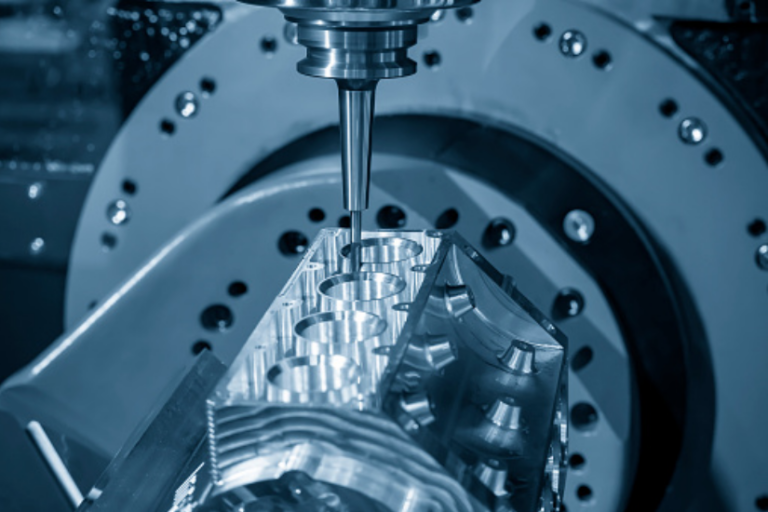
- Machining Strategy
The machining process was divided into distinct roughing and finishing stages, each with tailored parameters. The roughing pass focused on rapid material removal, leveraging aggressive tool paths and higher feed rates. For finishing, we tightened both spindle speed and feed control, using reduced stepovers to achieve precise surface finishes and meet the strict ±0.01mm tolerance requirement. A tip here: we used low radial engagement for finishing to maintain tool life and prevent chatter, particularly in areas where tool stability was paramount.
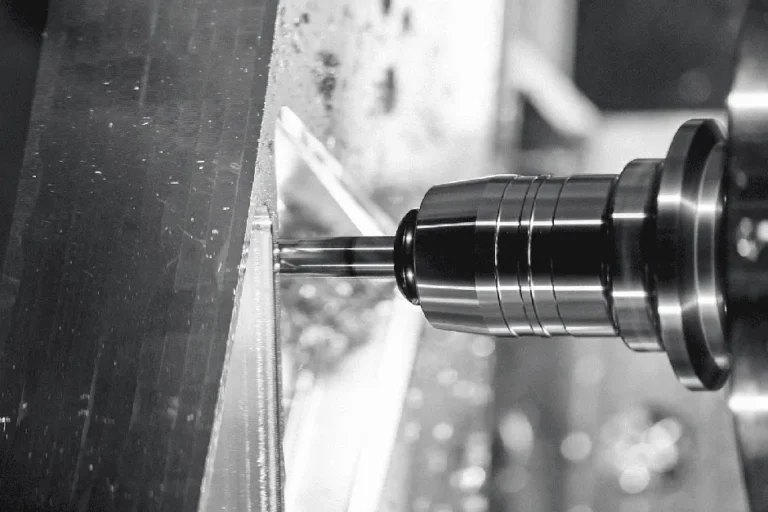
2. Tooling Selection and Optimization
- Tool Material
Given the high work-hardening tendency of 316L stainless steel, we opted for ultra-hard carbide end mills. Carbide provides the required durability and wear resistance for extended tool life when working with tough materials. For tight internal spaces, we selected micro-diameter tools with reinforced shanks to prevent deflection during deep-cavity machining. - Cooling Technique
Internal cooling was used throughout the process, delivering coolant directly to the cutting interface. This direct approach not only controlled tool temperature but also minimized thermal deformation on the part surface. Additionally, we implemented high-pressure coolant for critical finishing passes to flush out chips and prevent recutting, enhancing surface integrity.
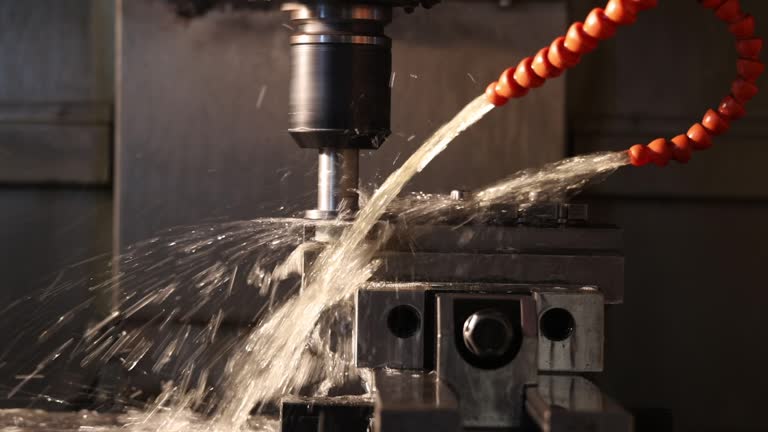
- Cutting Path Optimization
Our CAM programming focused on precise toolpath generation for challenging geometries. For small radii and tight clearances, we programmed with helical or trochoidal paths to reduce tool load and avoid premature tool wear. This approach also limited the risk of tool collision, ensuring smooth transitions between features. As an added measure, we used variable flute end mills, which further controlled vibration by breaking up harmonic frequencies during cutting.
3. Vibration Control
- Custom Fixtures
Vibration can be a precision-killer, especially at fine tolerances. To combat this, we designed custom high-precision, vibration-damping fixtures tailored to this component’s unique geometry. These fixtures provided full-contact support and reduced micro-movements during machining, preserving surface finish and dimensional consistency. - Simulation Testing
Before beginning actual production, we conducted extensive simulations within our CAM software to visualize and analyze the cutting sequence. By identifying high-risk areas for potential vibration and adjusting toolpath strategies, we achieved stable, chatter-free operations. For critical passes, a tip we employ is applying a light finish cut post-simulation to ensure the final surface quality remains optimal.
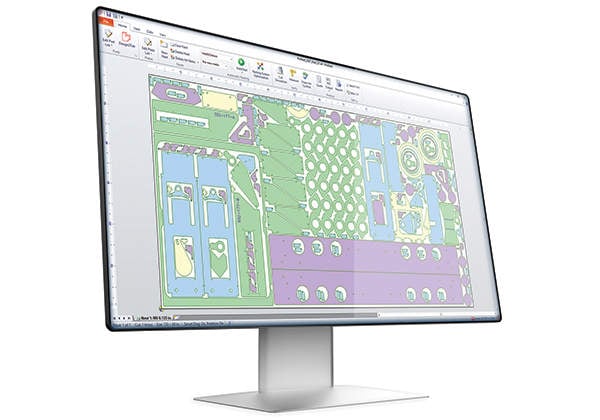
4. Detailed Process Steps
- Blueprint Analysis
Our engineering team worked closely with the client to review and confirm every critical dimension, tolerance, and surface finish specification. This initial collaboration helped us avoid any ambiguity in interpreting design requirements, a crucial step for projects with tight tolerances and complex features. - DFM (Design for Manufacturability) Assessment
During the DFM analysis, we identified key manufacturing constraints—such as tool reach for deep internal features and the need for reduced wall thicknesses in specific areas. This stage allowed us to make subtle yet impactful adjustments, including specialized tool selection and recommended geometry changes, enhancing machinability without compromising design intent.
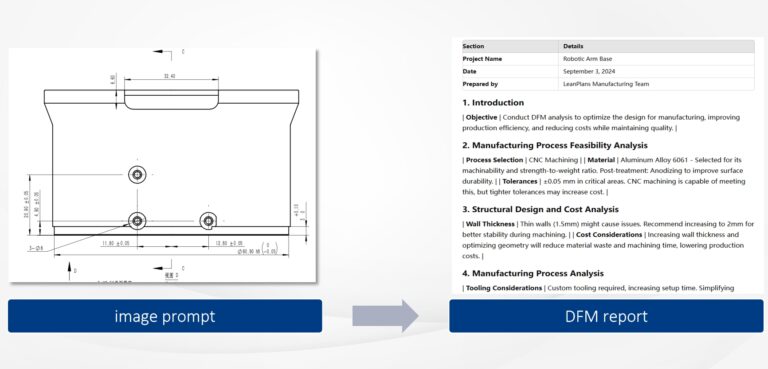
- Programming and Simulation
Utilizing advanced CAM software, our programming team generated exacting toolpaths, which were then tested through full simulations to preemptively detect any issues. By simulating every cut, we fine-tuned feeds, speeds, and tool engagement parameters, ensuring that each toolpath met tolerance requirements and avoided possible collisions or overcuts. - First-Part Testing and Inspection
Our first-part run included rigorous inspection using a Coordinate Measuring Machine (CMM) to verify dimensional accuracy on all critical features. Based on the inspection results, we fine-tuned our toolpaths and updated machine parameters to eliminate any discrepancies, ensuring perfect adherence to the required specifications in subsequent runs.
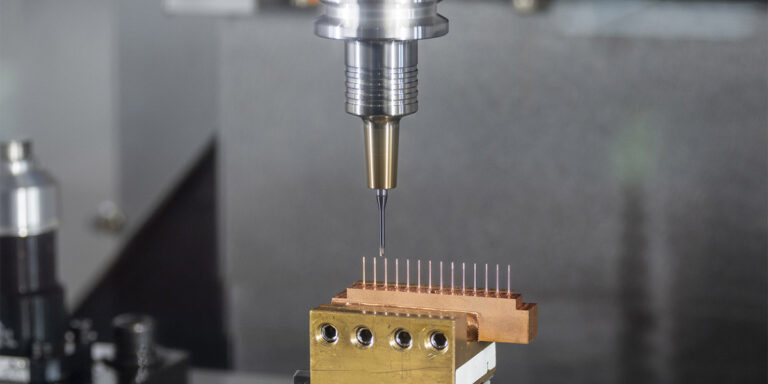
- Mass Production and Quality Control
During full-scale production, we implemented an hourly inspection protocol for key dimensions, allowing us to detect and rectify any tolerance deviations caused by material inconsistencies or tool wear. This frequent, real-time monitoring gave us a proactive edge, reducing the risk of cumulative errors and maintaining consistent product quality across the entire production batch.
Results and Benefits
- Increased Efficiency: Using 5-axis machining reduced setup time and machining steps by 35%, cutting the delivery timeline by 30%.
- High Product Quality: Every component met the client’s strict tolerance (±0.01mm) and surface finish (0.8 μm Ra) standards, with a pass rate of 99.5%.

- Cost-Effectiveness: By optimizing cooling and toolpaths, we reduced tool wear by 40%, leading to significant cost savings. Improved efficiency lowered per-part production costs by approximately 20%.
- Client Feedback: The client was highly satisfied with our service, delivery speed, and product quality. They expressed particular appreciation for the precision we demonstrated in producing complex, high-tolerance parts, and decided to continue partnering with us for future product components.
Future Improvements
In the world of precision manufacturing, the difference between a successful project and a costly mistake often lies in the details. Our meticulous approach to the CNC milling of the 316L stainless steel component not only addressed the inherent challenges of tight tolerances, complex geometries, and difficult material properties, but also showcased the true potential of modern machining techniques.
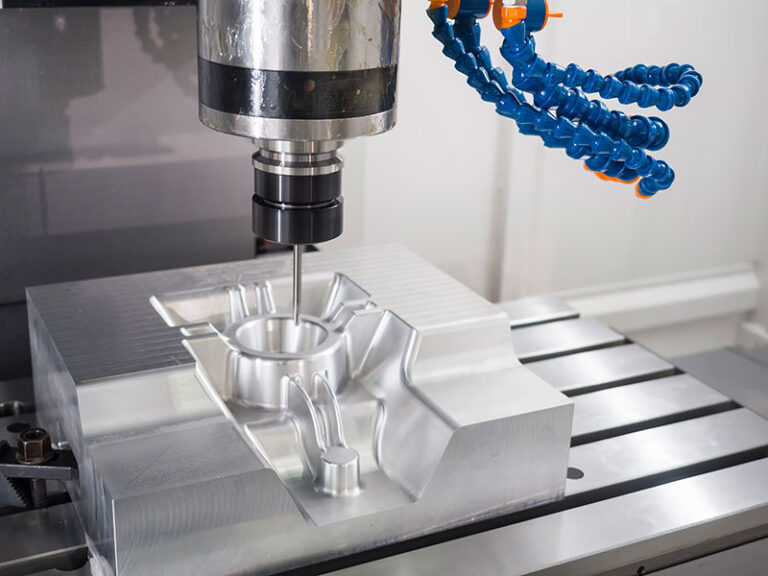
By harnessing advanced machinery, optimizing tooling, and implementing a robust quality control framework, we transformed a challenging design into a flawlessly executed part that exceeded our client’s expectations. Each step of our process—from initial blueprint analysis to mass production—was carefully orchestrated, ensuring that we remained ahead of any potential issues while maintaining unwavering precision.
As we reflect on this project, we are reminded that excellence in manufacturing is not just about meeting specifications; it’s about innovation, collaboration, and an unyielding commitment to quality. At [Your Company Name], we don’t just create parts; we craft solutions that empower our clients to push the boundaries of what’s possible in their industries.
With the successful completion of this project, we look forward to taking on new challenges, applying our expertise, and continuing to set the standard for precision in CNC machining. Whether you’re looking for intricate components or robust solutions, our team is ready to partner with you, turning your ideas into reality with the utmost precision and care.
Get a Free Quote!
Leave your contact details, or directly visit our online quoting platform to experience the future of material selection and production. Get expert material evaluations, tailored DFM analysis, and fast 24-hour production turnaround.
- Free Quote: Upload your designs, and our AI-powered engine will generate a custom quote in seconds.
- Talk to an Expert: Connect with one of our engineers via WhatsApp for immediate assistance.

